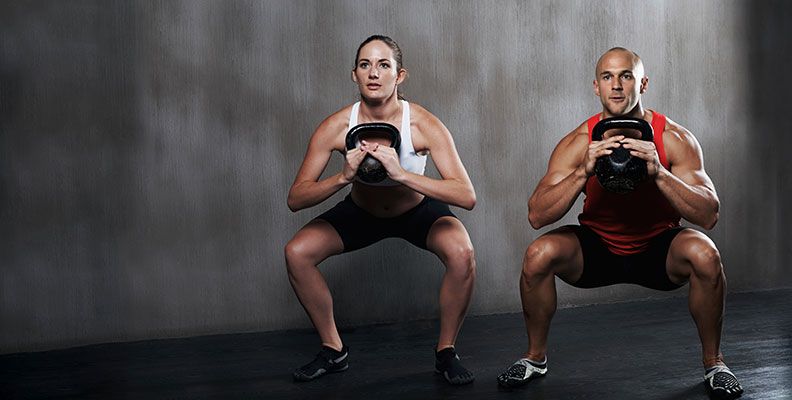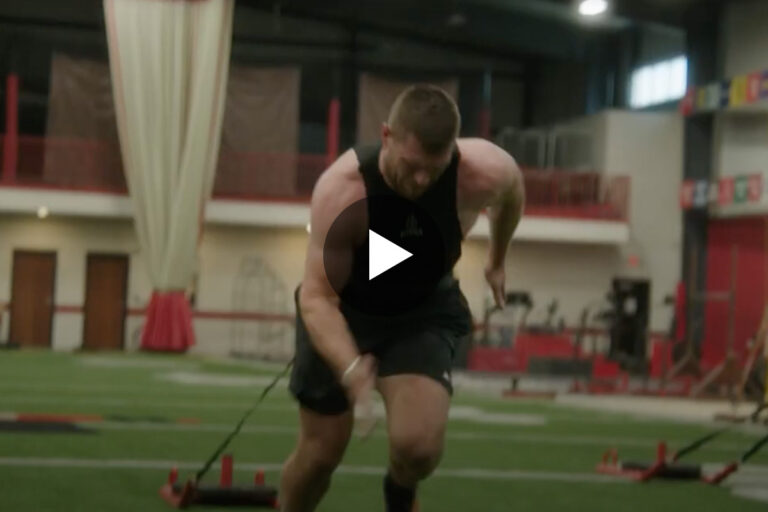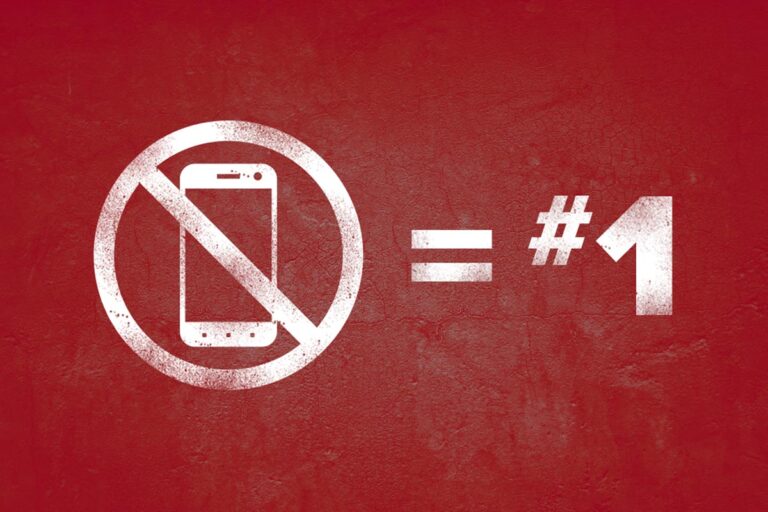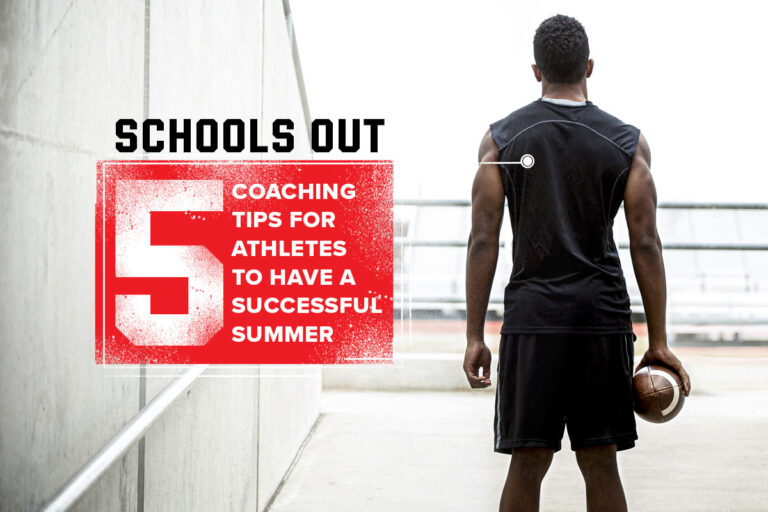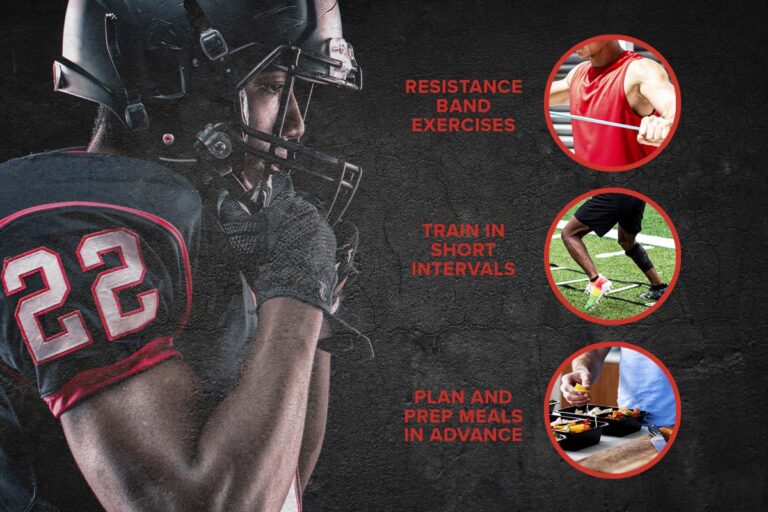Having a buddy to train with can be an amazing thing. Training with someone that motivates and pushes you to train as hard as they can is an invaluable asset. The problem is that many people have gym buddies that are slowing their progress and doing more harm than good. If a training partner is coming up short, make sure to share with them these six tips to being a better training partner!
STICK TO THE PLAN
Training partners need to come up with a solid plan of attack for their workout. They should decide what they are going to do before heading to the gym and stick to it no matter what. If they have to, they should take their workout plan with them to the gym with all of their sets, reps and exercises clearly mapped out to limit any kind of confusion and second-guessing. Pre-and post-workout nutrition needs to be clearly decided on and prepped beforehand as well. Don’t forget to bring your Pre-Workout Explosion with you to make sure you have the energy and intensity you need to destroy your workout!
NO SOCIALIZING
There’s always that friend that wants to tell you a hilarious story about what happened to them the other day while you rest between sets. This can be extremely distracting. It’s a training partner’s job to keep his or her partner on track and stick to the prescribed rest periods between sets. People go to the gym to train and can catch up another time – once they step in the gym it should be go time!
DON’T LISTEN TO MUSIC
Listening to music is great when you are training alone, but it’s not a good idea when training with a partner. Music can be distracting – a training partner needs to be focused on their partner at all times to make sure they are performing the lift correctly and don’t need any assistance. Having music playing in their headphones can cause them to be unable to hear their partner requesting a spot while under a heavy bench press, resulting in an injury. Tunes should be saved for solo training.
UNDERSTAND LIMITS
It’s very important for training partners to understand the limits of their partner in the gym. Having a general idea of what their max lift numbers are as well as which exercises they are strong or weak in makes someone a much better training partner. For example, if someone knew their partner is capable of hitting 5 reps of 185 lbs. on the bench press, and they begin to struggle at 3 they know they can encourage him/her to push out a few more reps with a fair degree of certainty that they will be able to do it. A training partner shouldn’t be that person yelling at their partner to get one more rep when they clearly have no chance of doing it, causing them to fail and potentially hurt themselves.
UNDERSTAND GOOD FORM, BUT DON’T BE THE “FORM POLICE”
Having a strong understanding of the exercise being trained with is very important. A training partner should be able to coach their partner through the movement and make sure they are doing it properly to limit the risk of injury. However, sometimes it’s OK to allow a partner to break form slightly to pump out just a few more reps towards the end of their set. They should be able to guide their partner, but at the same time, nobody likes to have the “form police” hovering over them throughout an entire workout.
SET A GOOD EXAMPLE
The best way to lead is by example. To get a training partner to work harder, be more serious and focused, the right example has to be set. A partner will soon understand that a training session is not a social event if there is a zero tolerance policy for socializing and by constantly pushing them to work harder and get more focused. If a gym buddy is lazy, maybe it’s because the right tone hasn’t yet been set for the workouts and the wrong attitude has been allowed to persist. Motivation, drive and intensity are contagious – if one person gets better it is likely their partner will too.
